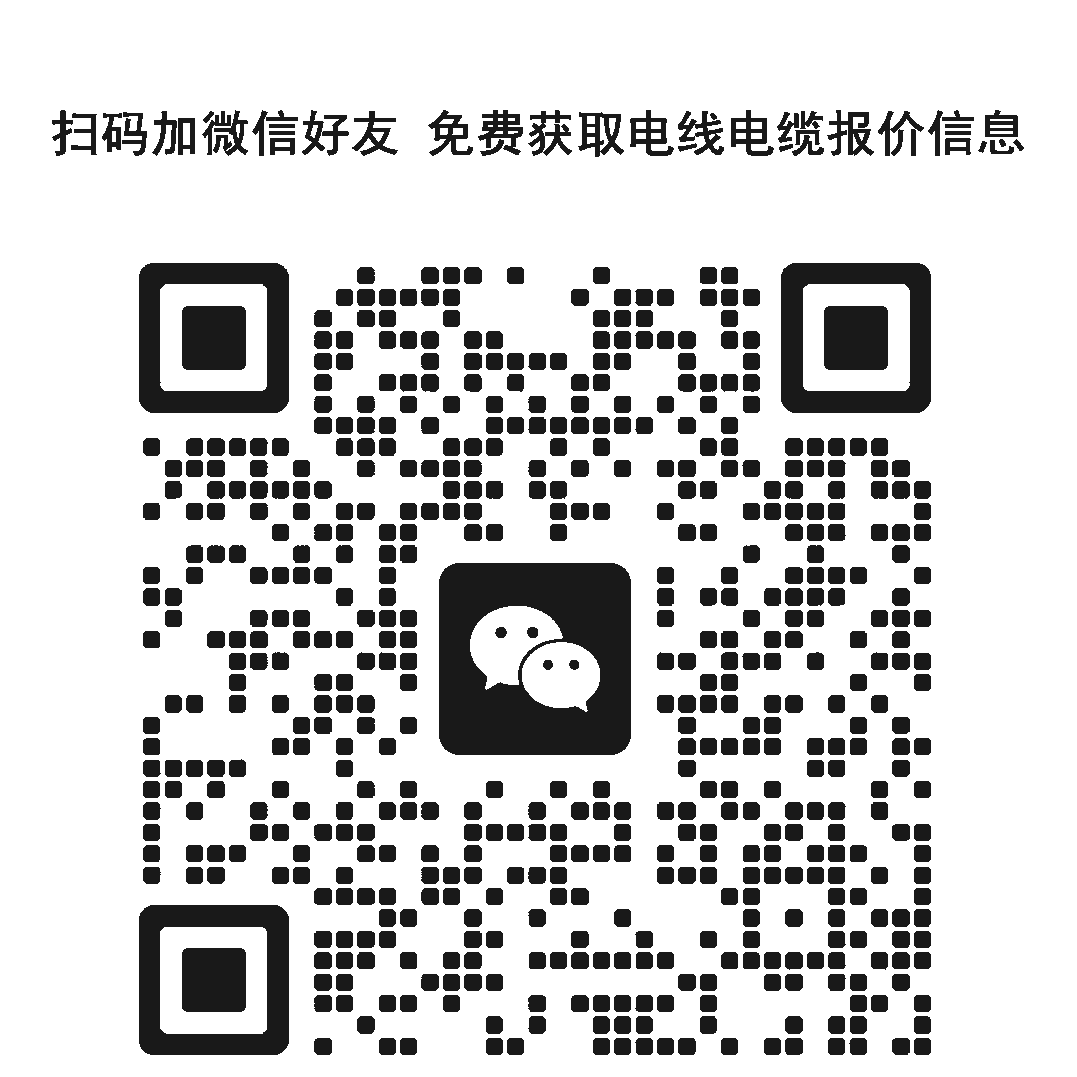仙桃交联电缆:品质卓越,为电力传输提供可靠保障
在现代社会的发展进程中,电力的稳定供应如同人体的血液循环一般,对各行各业的正常运转起着至关重要的作用。而交联电缆作为电力...


Cross-linked cables play a crucial role in various electrical and communication systems. These cables are designed with unique features and materials that offer eNHAnced performance and reliability. In this article, we will explore the different aspects of cross-linked cables, including their construction, advantages, and applications.
Cross-linked cables are made by chemically cross-linking the polymer insulation material. This process involves subjecting the polymer to heat and radiation, which causes the polymer chains to bond together and form a three-dimensioNAl network. This cross-linking provides several benefits, such as improved thermal stability, higher dielectric strength, and better resistance to environmental factors.
One of the key advantages of cross-linked cables is their excellent thermal stability. The cross-linked structure helps to prevent the insulation from softening or degrading at high temperatures. This makes cross-linked cables suitable for use in applications where high temperatures are encountered, such as in power distribution systems or in industrial environments. Additionally, cross-linked cables have a higher dielectric strength compared to traditional non-cross-linked cables. The cross-linking process increases the insulation's ability to withstand electrical stresses, reducing the risk of dielectric breakdown and improving the overall reliability of the cable.
Another important aspect of cross-linked cables is their resistance to environmental factors. The cross-linked insulation is more resistant to moisture, chemicals, and ultraviolet radiation compared to non-cross-linked materials. This makes cross-linked cables suitable for outdoor installations or in applications where they are exposed to harsh environmental conditions. They can withstand moisture penetration, which helps to prevent insulation breakdown and electrical faults. Additionally, the cross-linked insulation is less prone to degradation due to chemical exposure or ultraviolet radiation, ensuring a longer lifespan for the cable.
In terms of construction, cross-linked cables typically consist of a conductor core surrounded by a cross-linked insulation layer. The conductor can be made of copper or aluminum, depending on the specific requirements of the application. The insulation layer is usually made of cross-linked polyethylene (XLPE) or other cross-linked polymers. Some cross-linked cables may also have an additional shielding layer to provide protection against electromagnetic interference (EMI) or radio frequency interference (RFI).
Cross-linked cables find广泛的应用 in various fields. In the power industry, they are commonly used in high-voltage power transmission and distribution systems. The high dielectric strength and thermal stability of cross-linked cables make them suitable for carrying large amounts of electrical power over long distances. They can also be used in underground cable installations, where their resistance to moisture and environmental factors is particularly beneficial.
In the telecommunications industry, cross-linked cables are used for broadband and data communication applications. They provide a reliable and high-speed connection for transmitting data over long distances. Cross-linked cables are also used in local area networks (LANs) and wide area networks (WANs) to connect different devices and systems.
此外, cross-linked cables are used in automotive applications. They are used in the wiring systems of vehicles to provide a reliable and safe electrical connection. The resistance to environmental factors and high temperature of cross-linked cables makes them suitable for use in the harsh conditions of a vehicle environment.
In conclusion, cross-linked cables are a vital component in modern electrical and communication systems. Their unique construction and properties offer eNHanced performance and reliability, making them suitable for a wide range of applications. Whether it is in power transmission, telecommunications, or automotive industries, cross-linked cables play a crucial role in ensuring the smooth operation and safety of electrical systems. As technology continues to advance, the importance of cross-linked cables is likely to increase, and further research and development will continue to improve their performance and characteristics.

当前非电脑浏览器正常宽度,请使用移动设备访问本站!